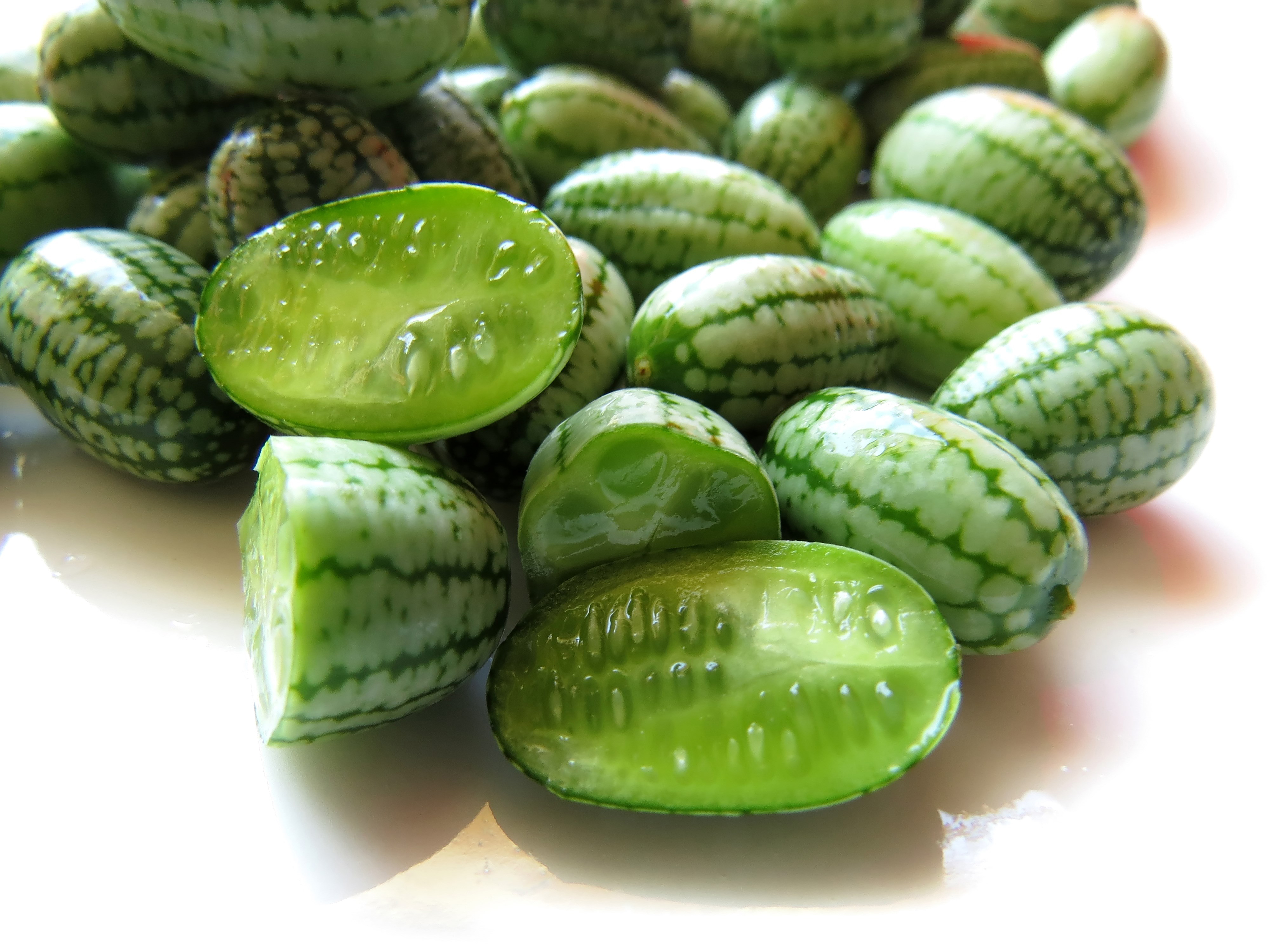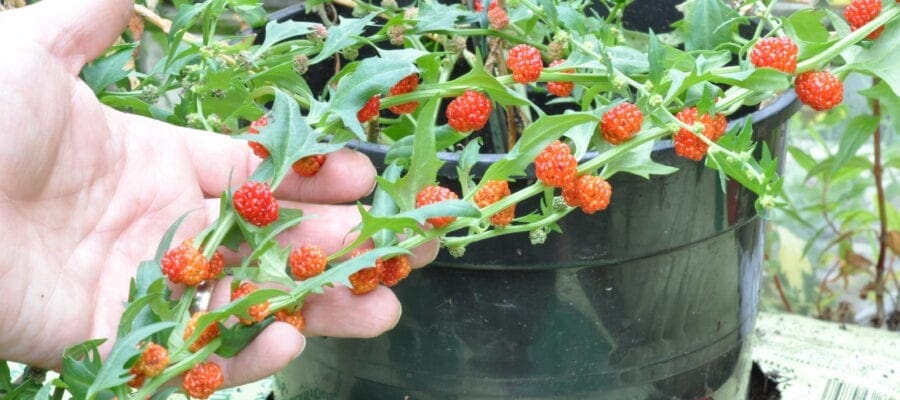While growing the tried-and-tested fruit and vegetables on your allotment can be a rewarding experience, many gardeners want to branch out..
While growing the tried-and-tested fruit and vegetables on your allotment can be a rewarding experience, many gardeners want to branch out from the old staples and grow something more unusual. Here’s our pick of the best unusual veg to grow in the UK climate.
Tomatillos
Tomatillos are a close relative of the tomato, but they produce a totally unique lime-flavoured fruit. Use in place of tomatoes in salsa verde, ketchup and guacamole, or use in salads for a quick and easy punch of flavour. You can find more tomatillo recipes here.
Much like their cousin the tomato, tomatillos should be planted in spring after the threat of frost has passed. Plant them in compost-enriched soil, approximately three feet apart, in a sunny location. They’re climbing plants, so construct a simple fence from cane and string to give them something to grow up. Mulch the soil, and keep the soil consistently moist, as you would with tomatoes.

Strawberry Spinach
Strawberry Spinach (Chenopodium capitatum) is a peculiar veg which produces vibrant red berries alongside spinach-like leaves, both of which are edible. This curious plant, also known as Strawberry Blite, Beetberry, Strawberry Goosefoot, and Indian Ink, was originally introduced to Britain in the 1600s by German monks. Its leaves can be picked all-year round and steamed or eaten raw, while its fruit, which is less sweet than other berries, can be harvested in late summer.
Strawberry Spinach can be sown directly from March onwards and thrives in an area with moist soil and full sun. The leaves can be picked regularly for salads, but later in the year allow the plant a chance to flower and fruit. Leave a few fruits on the plants at the end of their season and they’ll self-seed, or simply pull the plants out and discard them if you don’t want any next year.
Purple carrots
Purple carrots offer an unusual twist on a veg almost every British allotment owner has grown. As well as the superficial difference, the purple variety of this classic veg is sweeter than its orange cousin, and also offers a different range of micronutrients which will help boost your immune system. Use purple carrots in place of or alongside the standard orange variety in your cooking.
Treat purple carrots like you would the orange variety, sowing in well-worked soil from April to early July, 1cm deep in rows 15–30cm apart. When they start growing, thin them to around 5cm apart for the best results. Water them every 10–14 days, and make sure to remove all weeds from between the rows so they don’t crowd your carrots out. Harvest them 12–16 weeks after sowing by carefully lifting them with a fork.
‘Blauhilde’ climbing beans
These unusual climbing beans have beautiful deep purple pods which turn dark green on cooking. Even when they grow to a large size, these beans remain string-free, making them a practical as well as exotic addition to your allotment.
Treat your blauhilde beans as you do the usual variety, sowing directly in to the ground between March and April, 5cm deep and 20cm apart. They’ll need a structure to climb up, so construct a fence beside each row out of several robust stakes and string. Water them when they begin to flower, and then once again two weeks later. The pods are ready to pick when they are 7.5cm long, which will be approximately 15 weeks after they were planted. Buy Blauhilde climbing beans from Wyevale Garden Centre.
For something different, try growing these unusual veg on your allotment this year. They’ll not only break up the familiarity of growing the same things each year, but also give you different flavours to explore in your cooking.





